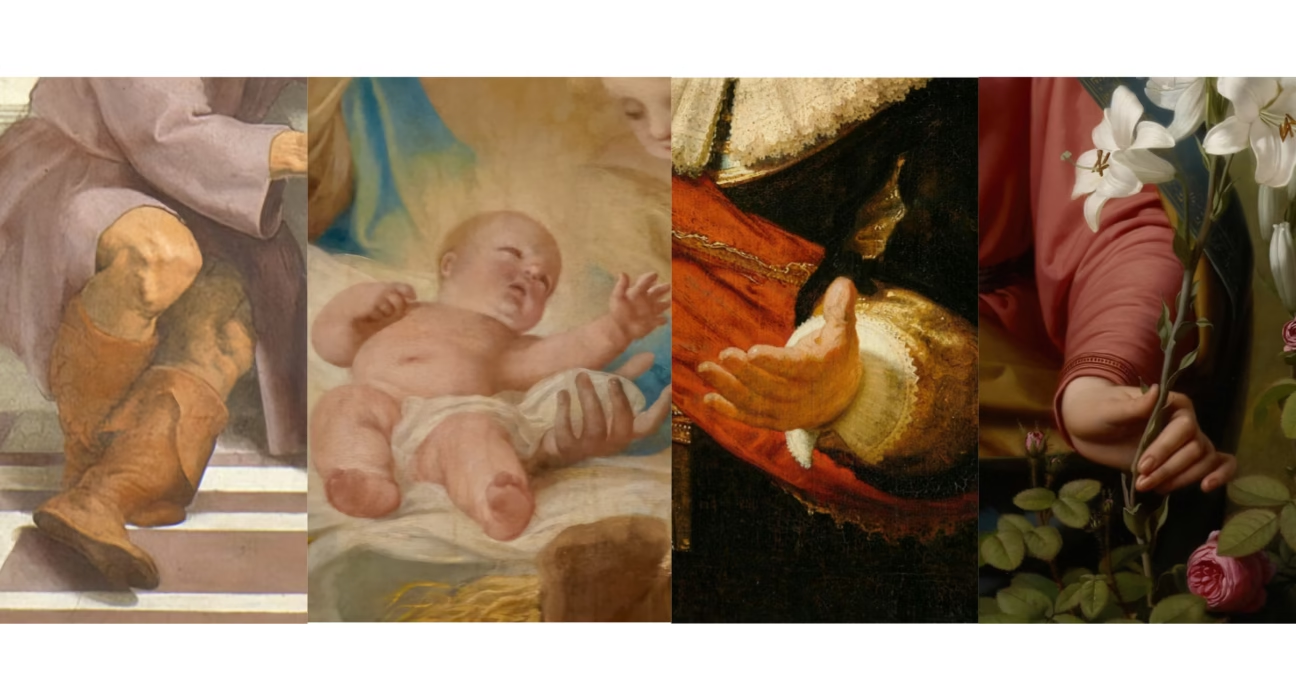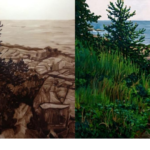Foreshortening stands as one of the most powerful artistic techniques in visual arts, transforming flat surfaces into dynamic three-dimensional experiences. This remarkable technique, mastered by Renaissance artists and still vital in contemporary art, creates the illusion of an object receding into the distance or projecting toward the viewer. The manipulation of perspective through foreshortening brings life to static images, making them appear to leap from the canvas or paper.
The Evolution and Impact of Foreshortening in Visual Arts
The journey of foreshortening through art history reveals its transformative power in visual storytelling. From ancient cave paintings to modern digital art, artists have consistently sought ways to create depth and dimension in their work. The technique revolutionized how we perceive and create art, breaking free from flat, two-dimensional representations.
Classical Foundations and Renaissance Mastery

The roots of foreshortening trace back to ancient Greek and Roman art, where artists first experimented with perspective and dimensional representation. During the Renaissance, masters like Leonardo da Vinci and Michelangelo elevated foreshortening to new heights, using it to create dramatic and emotionally powerful compositions.
These pioneering artists spent countless hours studying anatomy and perspective, developing techniques that would influence generations to come. Their understanding of how the human body appears when viewed from different angles revolutionized figure drawing and painting.
Modern Applications and Digital Innovation
Contemporary artists have embraced foreshortening in new and exciting ways, incorporating it into digital art, animation, and virtual reality experiences. The technique has evolved beyond traditional mediums, finding new life in 3D modeling and computer-generated imagery.
Digital tools have made it easier to experiment with foreshortening, allowing artists to quickly test different perspectives and angles. However, the fundamental principles remain unchanged, requiring a deep understanding of form, space, and perspective.
Impact on Visual Storytelling
Foreshortening plays a crucial role in creating narrative tension and emotional impact in artwork. By manipulating perspective, artists can guide viewers’ attention and create powerful visual experiences that enhance storytelling.
The technique helps establish hierarchy and focus within compositions, drawing viewers into the scene and creating memorable visual moments. This psychological aspect of foreshortening makes it an invaluable tool for artists seeking to create engaging and impactful work.
Technical Mastery and Practical Application
Understanding the technical aspects of foreshortening requires dedication and practice. Artists must develop a strong foundation in perspective, anatomy, and spatial relationships to effectively use this technique in their work.
Understanding Perspective and Form
Successful foreshortening begins with a solid grasp of perspective principles. Artists must understand how objects appear to change shape and size as they recede in space or project toward the viewer.
This knowledge involves studying vanishing points, horizon lines, and the relationship between objects in space. Regular practice with basic geometric forms helps build the foundational skills necessary for more complex applications.
Anatomical Knowledge and Figure Drawing
When applying foreshortening to the human figure, anatomical knowledge becomes crucial. Artists must understand how muscles and bones work together to create form and movement.
Regular life drawing practice helps develop the ability to see and represent foreshortened forms accurately. Understanding the underlying structure of the human body enables artists to create more convincing and dynamic poses.
Light, Shadow, and Volume
The interaction of light and shadow plays a vital role in creating convincing foreshortened forms. Artists must understand how light reveals form and how shadows help define spatial relationships.
Mastering value relationships and understanding how light wraps around form helps create more convincing three-dimensional illusions. This knowledge applies across all mediums and subjects.
Practical Applications Across Different Media
Foreshortening extends beyond traditional fine art, finding applications in various visual media and industries. Understanding how to apply these principles across different contexts expands artistic possibilities.
Photography and Cinematography

In lens-based media, foreshortening becomes a powerful tool for creating dynamic compositions and emotional impact. Photographers and cinematographers use lens choice and camera angle to create intentional foreshortening effects.
Understanding these principles helps create more compelling visual narratives and can dramatically influence how viewers perceive and connect with the subject matter.
Digital Art and Animation
The principles of foreshortening remain crucial in digital art and animation, where artists must create convincing three-dimensional illusions in virtual space.
Digital tools provide new opportunities to experiment with perspective and form, but success still relies on a strong understanding of traditional principles.
Architectural and Industrial Design
In design fields, foreshortening helps communicate three-dimensional concepts effectively. Whether in technical drawings or presentation renderings, understanding how to represent objects in space is essential.
This knowledge helps designers create more accurate and compelling presentations of their ideas, facilitating better communication with clients and collaborators.
Conclusion

Foreshortening remains a fundamental technique in visual arts, continuing to evolve and adapt to new media while maintaining its core principles. As artists and designers push the boundaries of visual expression, understanding and mastering foreshortening becomes increasingly valuable. The technique’s ability to create dynamic, engaging visual experiences ensures its lasting relevance in the ever-expanding landscape of visual communication.
✉️ Stay Connected — Subscribe for Weekly Updates
Discover timeless stories, practical wisdom, and beautiful culture — delivered straight to your inbox.
*We only share valuable insights — no spam, ever.






